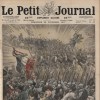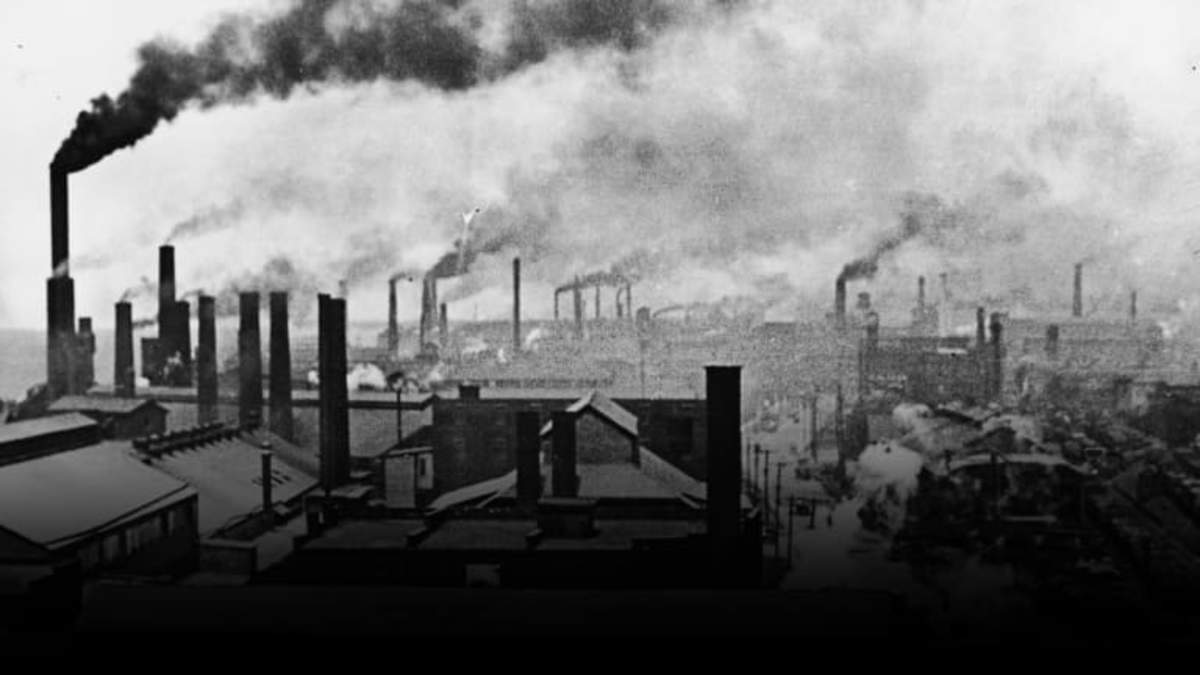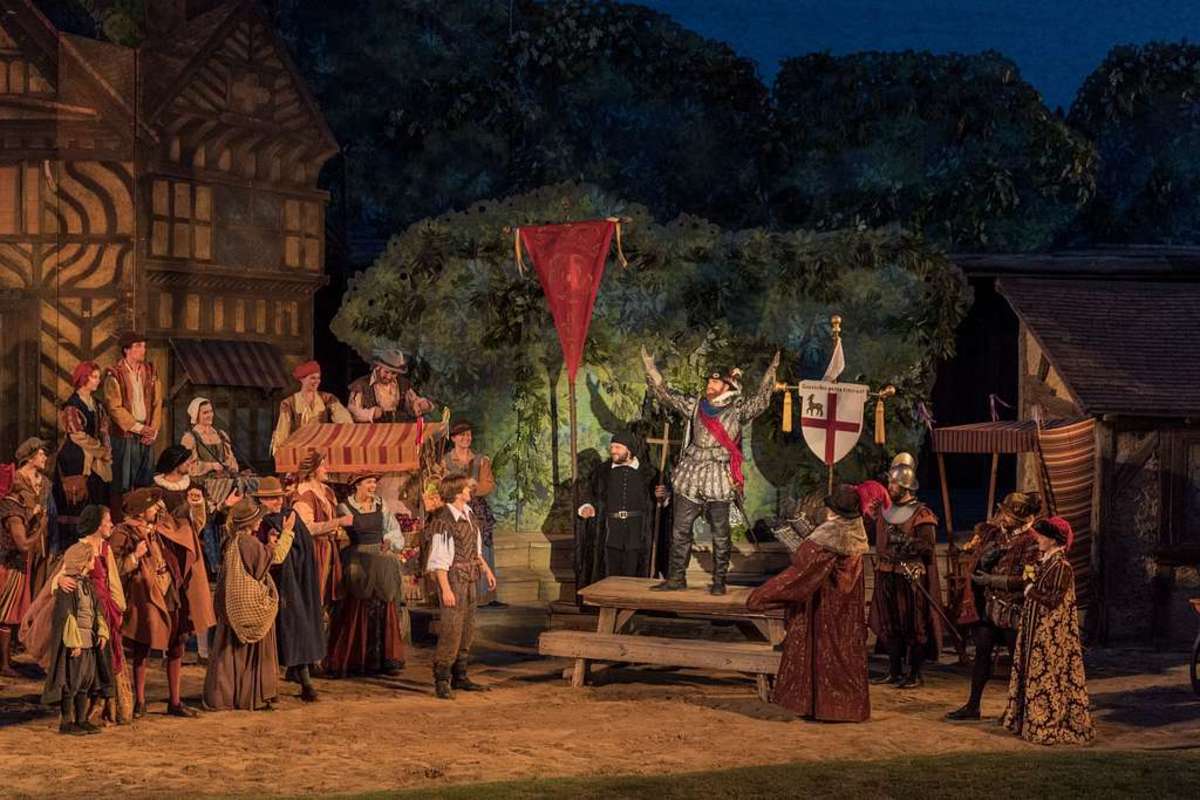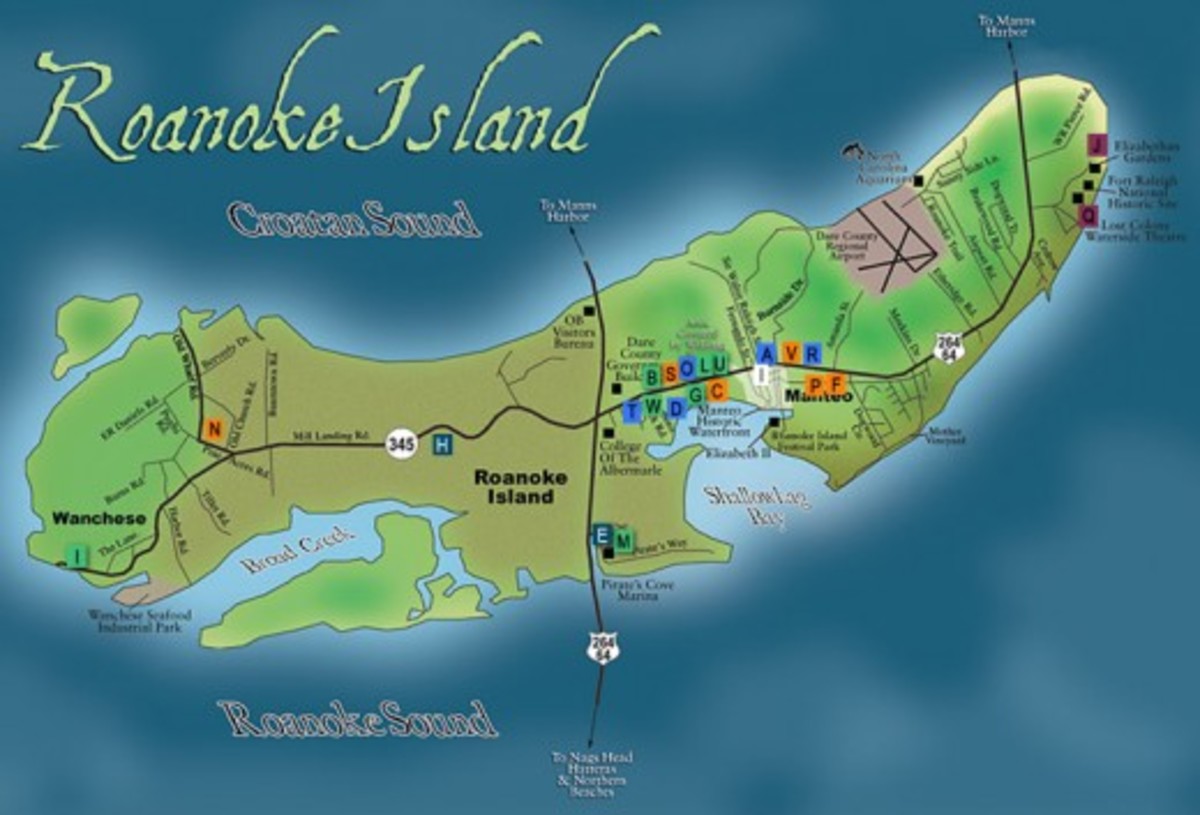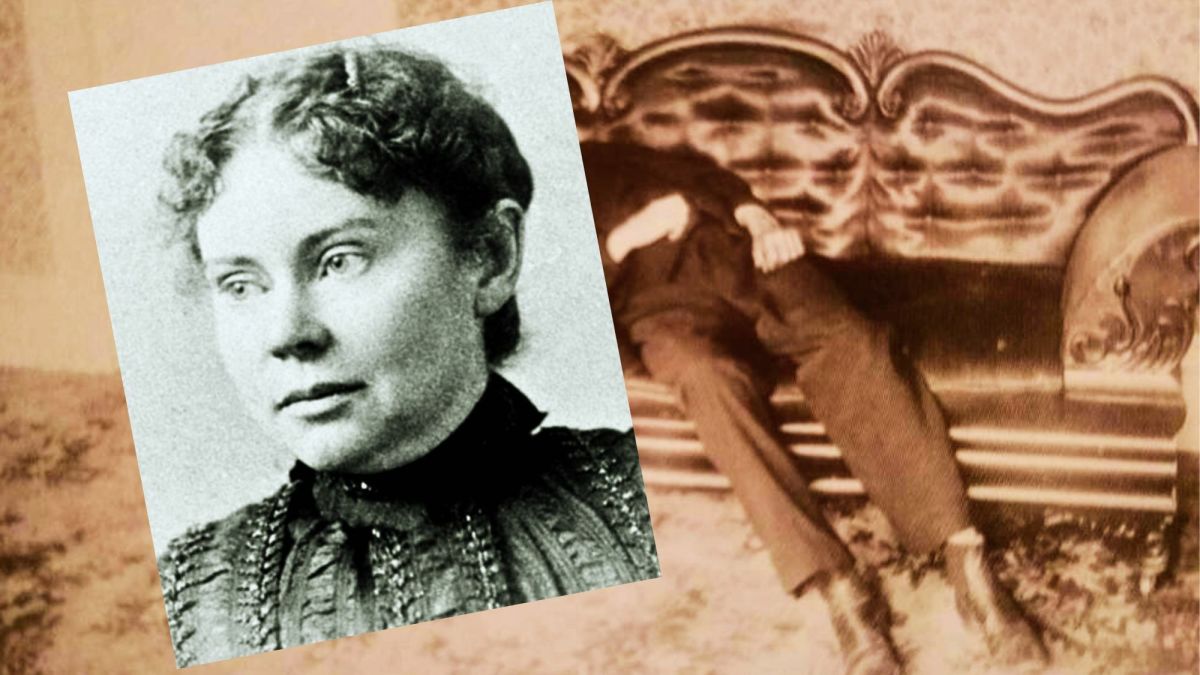- HubPages»
- Education and Science»
- History & Archaeology»
- History of the Americas
The Conservative Roaring 20s
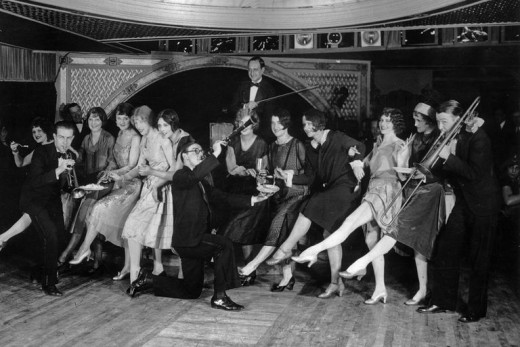
Change can be deceptive. The 1920s may on its surface seem like a time of dramatic change, the consummation of modern America, sweeping away the past and heading into the brave new world of the future, to the swirling of flappers’ dresses, the blare of the first fully motorized society in history, the seeming promise of eternal prosperity and massive economic growth. In fact, the 1920s was much less dynamic than it appears at first glance: it was a decade less marked by major upheaval and more defined by continuity with the past.
The 1920s saw extensive growth in the United States. A rapidly growing industrial economy led to major gains in industrial output, finances boomed, and a mass introduction of new consumer goods occurred, although the agricultural economy stagnated. Henry Ford built major new industrial plants, the stock market reached new heights, and for the first time in history there arose a concept of an abundance society - where the question of the day would no longer be just producing enough, because society could at last produce enough material goods to provide for itself without undue burden.
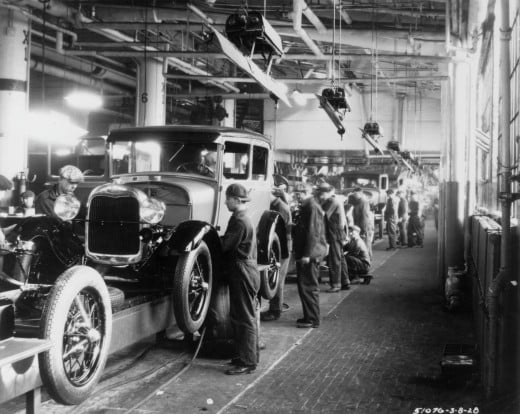
But in a sense this rapid growth and change was nothing new - new for the United States would not have been growth, but instead stagnation and economic decline. The United States had been growing quickly, sometimes astonishingly so, for decades, albeit in a way that was marred by occasional economic crashes. And furthermore, it grew in a way which was similar to the 1920s - massive urbanization and a declining rural sector in either absolute or at least relative terms, technological sophistication, economy of scale, and in a highly unequal way which sent the proceeds of economic growth mostly to the top of the economic spectrum. There was nothing particularly new about this form of economic growth, and it was similar to that which had preceded it.
There was one major change in the US economy, which was that it began to focus more and more upon consumer goods, rather than upon capital goods. Massive American economic expansion had been underlaid by focus on producing heavy capital goods, with constant expansion of railroads, factories, electrical systems, production assets, etc. In the 1920s, the focus instead began to shift to a consumer economy, with major expansions in sectors of consumer goods, funded in large part by a major increase in credit that provided for the ability for common people, not benefitting to the same degree in economic growth, to nevertheless partake in the consumption economy. But credit had not been absent from the American economy previously, and during the 1920s it was not omnipresent, as can be attested by the resistance of Ford to the utilization of credit in buying its cars.
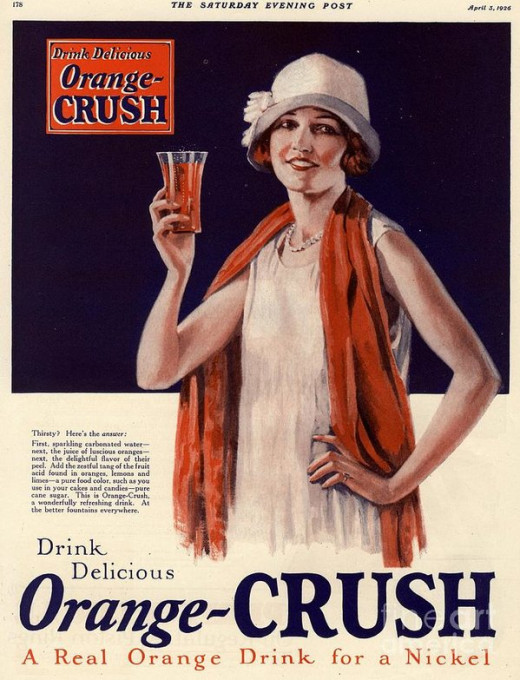
If there was one decade where the United States might seem to have been in cultural ferment it was the 1920s. The 1920s saw an explosion of movies, dominating America culturally, the rise of flappers, Jazz music spread across the country in a dramatic challenge to traditional musical principles, premarital sex became a subject of public debates and courtships become much more socially unconstrained with the development of the automobile, and advertising adjusted to increasing speed of society and grew dramatically in refinement, no longer just spreading products but spreading ideas, tastes, and concepts.
But many of these were neither as new as they might seem or as widespread as they might seen. Take for example changes in relationship and dating culture. Here, the automobile did provide youth a newfound freedom to motor around, free from chaperones. But this freedom was one which had already been initiated to some extent by the bicycle. Although the bicycle didn’t provide quite the same degree of freedom and enclosed personal space as the motor car, it nevertheless did enable the youth to escape from their elders and to go out unchaperoned - the previous older female chaperones could hardly be expected to keep up on a bicycle. The big transition in dating culture, from a formal affair targeted more towards the family, to an individualistic practice which linked two young people, generally going out somewhere and free from supervision, had already taken place. The motor car simply expanded on this practice.
This also raises the question of premarital sex. To some extent, it is a difficult question to answer because it is hard to know exactly how much premarital sex was occuring during the Victorian era - traditionally a time portrayed as rather strait-laced, but which we are almost certain was more diverse and less unilaterally conformist than is generally depicted, particularly among the working classes as opposed to the middle and some extent upper classes. The 1920s changes were however, less dramatic than it might seem - changing sexual moralities were not linked to a destruction of marriage or a sexual revolution, but were instead based upon the idea of premarital sex among potential marriage partners. It was supposed to underpin and shore up the problems existing with marriage, the concern of figures such as Judge Ben Lindsey who wanted to provide for happier and more settled marriages. Figures who broke this mold, such as actress Clara Bow, were not not normal - they were exceptions to the rule.
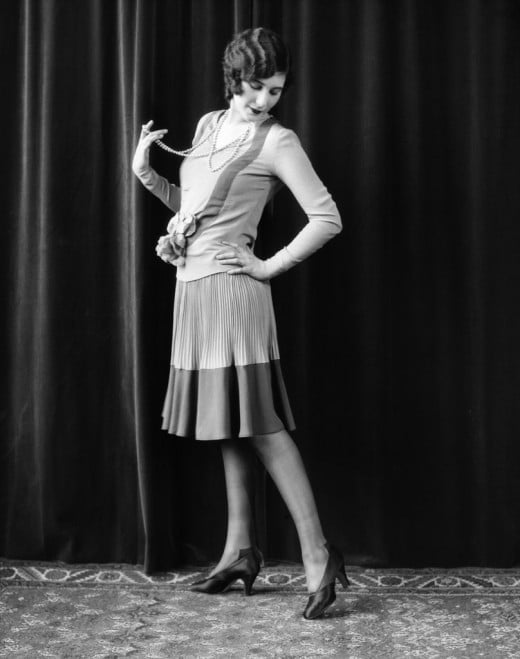
What about the flapper herself? Certainly, the flapper did mark a change, but there had been decades of concern about the “new woman.” The flapper was nothing at all new in this regards, but a product of continuing concerns about individualist, pleasure-centered women who were less interested in Victorian womanhood and the idea of sacrifice for the family and self-control. There was a genuine change brewing in the 1920s, with a broader move to individualism in society, but the flapper was not as revolutionary as she might seem - she still viewed her escapades as part of a program of fun while looking for her partner, and in the end she would settle down to respectability. Her consumption of alcohol was something which was new, but the cultural effects of prohibition were above all else limited to ab urban setting, and in the countryside were much less dramatic.
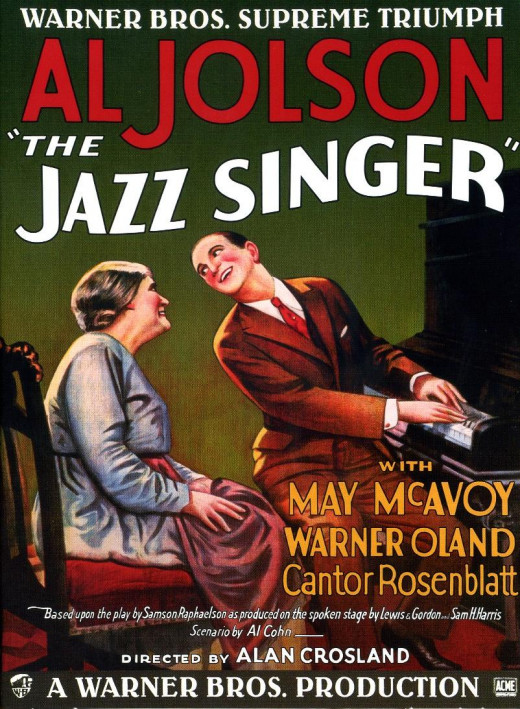
Certainly too, films grew tremendously, but they too, were nothing new. Films had existed for decades, and the 1920s was just an elaboration and increase in sophistication of them. Some of the trumpeted advances of 1920s films - above all else the introduction in sound - were not accessible outside of a small slice of the urban market. Americans were already well acquainted with movies: the 1920s just flooded them with more of them.
Issues of race are intently bound up in the broader social changes occuring in the 1920s in the US. There were some genuine changes in racial affairs in the United States, principally for blacks and Native Americans, which would come to affect broader society in the coming decades. But for the most part, race in 1920s America remained broadly the same subject as it had before - the 1920s was a conservative, rather than transformative decade, and what changes did occur would only come of age at a later date.
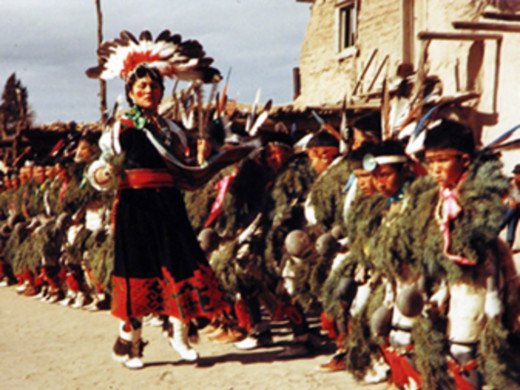
The most important of developments which stem from the 1920s were not political, but rather cultural - a movement of valorization of tradition and self-worth which would be crucial for later cultural, political, and economic revitalization. Pueblo Indians are an emblematic part of this development among the Indians of the United States, with mobilization in response to discriminatory laws such as the Bursum Bill, and an important cultural revival which would greatly transform the cultural status of the Pueblo indians in the world - making them into important art producers, with artists travelling from around the world to visit them and a large-scale sale of their products. The Pueblo Indians were focused on improving economic conditions and political status while the White activists were more interested in cultural preservation, and there were major internal divisions between different Pueblo Indian tribes and groups, but regardless the effect was a general improvement in the condition of the Pueblo people. While they were the most dramatic, across the US Native Americans were granted citizenship universally in the 1920s under the Synder Act in 1924.
These developments were however, part of a continuing trend in the US for decades. Native Americans had attained increasing cultural status in the US as their numbers fell and their power to resist US expansion declined, becoming symbols of Americana. And importantly the United States had been expanding citizenship to the Native Americans for decades, stemming from the Dawes Act. The cultural revolution which occurred in the 1920s for the Pueblo people was an important one, but it would not be until the 1960s and 1970s that a general transformation for all Indians of their cultural perspective and position in the United States would occur.
Much the same can be said in regards to black cultural changes in the United States in the 1920s. The 1920s saw the Harlem Renaissance, which was linked with French movements beginning to develop in the same period, such as négritude. It valorized blacks and their cultural contributions, and worked to end the insular attitude of American blacks - exemplified by movements like Marcus Garvey’s Universal Negro Improvement Association - in associating them to the broader group of African-descended peoples across the world. These efforts led Garvey to establish institutions like the Black Star Shipping Line as a black-owned shipping program, and to promote the Back to Africa Movement.
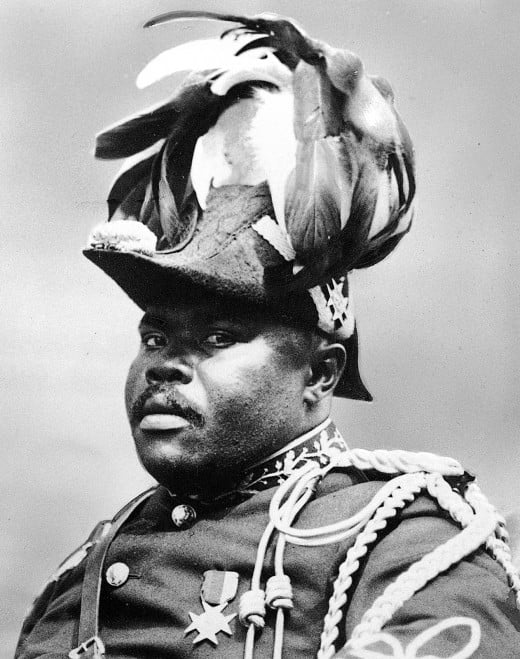
These cultural elements would be important for later developments, but in the 1920s they were not yet important for broader black developments in the United States. Marcus Garvey was uninterested in civil rights, the Black Star Shipping Line failed, the Back to Africa Movement went nowhere, Marcus Garvey was deported back to Jamaica, and other than some small political successes in New York, broader political emancipation was not achieved for blacks. This lack of success would have important ramifications later - the 1920s with the general failure of Hoover to provide any spoils to black leaders who had supported him would mark the beginning of a transition to the Democratic party in the 1920s - but in the 1920s the political landscape remained the same. Segregation and inequality continued with hardly a budge.
Demographically, it did mark the first decade of wide scale voluntary African emigration to the US, coming from Caribbean immigrants. This group formed the true constituency of Marcus Garvey, and were a group à part from other blacks in the United States, unused to segregation, entrepreneurial, and more international focused, less insular. It was from this base that Garvey would draw his support, and their contributions to cultural developments in the 1920s were important. Furthermore, this decade continued to see major migration of blacks from the South of the US to the North as part of the Great Migration. However, West Indian migration was still relatively small scale, and the migration of Southern immigrants north a continuation of preceding trends. The 1920s also saw further limitations on immigrants from Asia, but this was nothing new - Chinese immigration had already been banned for a long time after all.
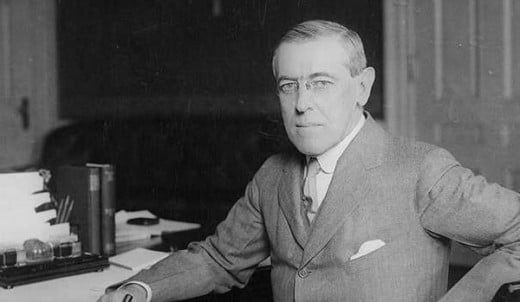
Interest and discussion of American foreign policy in the 1920s is above all else directed to Europe, the scene of the greatest upheavals in the world in the early 20th century, with a massive reorientation of power during and after the Great War. Generally this is seen in the lens of isolationism - American disengagement from Europe, in contrast to Wilsonian internationalism. This is overstated: the United States had a newfound role in Europe, its economic relationships far more politicized than they previously were. American trade, with its cheap wheat and the rise of its manufacturing industries, had long played an important role in European developments, forming a backdrop to the European political economies with the risk and promise of vast American markets and yet even more vast American productive potential which by the late 19th century threatened to annihilate European agriculture. But the Great War had brought about something entirely new, American financial, industrial, agricultural, dominance over Europe, and the Americans would proceed to leverage it, becoming intensely caught up in the settlement of the reparations question with Germany. Never before had American financial power been able to dictate to such an extent a European nation, much less a European great power.
But this, as momentous as it was, was less of a dramatic evolution from before the war than it might seen. The US before the war had been prepared to engage in bilateral talks with European powers of a political nature, such as the US Secretary of State William Jenning Bryan’s proposals for arbitration agreements with European powers to prevent the outbreak of war. After the Great War, the United States wouldn’t be a member of a multilateral negotiation system such as the League of Nations: it would continue to engage diplomatically largely upon the same bilateral terms as before. Exceptions existed, such as the Washington Naval Treaty, but this too represented a continuation of US naval policy and a retreat from an aberration of Great War policy - the US navy was perceived as the principal arm of American defense, and the US sold its naval expansion programs not on unilateral superiority, with Congress unwilling or unable to find the money to provide for a fleet larger than the Royal Navy, but rather upon being more capable than secondary powers. This was achieved by the Washington Naval Treaty, providing for US naval superiority against all others save for the Royal Navy, and also guarding the traditional US focus on limited state budgets. Although the US was more intertwined with European affairs than ever, the fundamental tenets of its economic policy still guarded the essential principal of high tariffs, a hold-over from the pre-war political economy. The United States maintained its distance from the European powers - the changes made were ones propelled by the changing circumstances of the world, and much less than they could have been otherwise. And they are ones which would continue into the 1930s, and only would be broken by the Second World War: if it was not for the Nazis, we would see the First World War as an aberration in an American policy of political and military disentanglement from the European continent. The 1920s in foreign affairs between the United States and Europe is much more akin to the pre-Great War days than the world which would come to prevail after 1945.
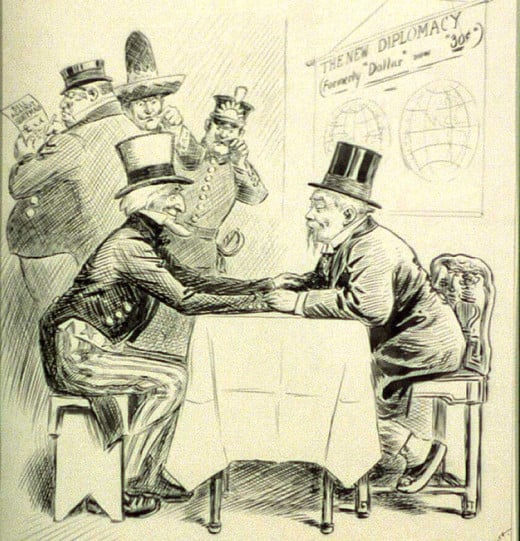
The same can be stated even more emphatically outside of Europe, in lands where changes were less marked. US involvement in Latin America continued to focus on policies of maintaining client states that were economically amenable to US interests, on ensuring US economic expansion, and ensuring that the region presented no security threats to the US with the establishment of foreign influences from rival great powers. In this regards, US hegemony in the Americas was exactly akin to that of the 1910s: the only change was that it was even more pronounced, with the retreat of European powers and increase in US influence. In East Asia, US concerns continued to be shaped against Japan, with the interest in preserving China as an open market. And everywhere else, US policy was next to non-existent. Foreign policy of the United States in the 1920 is an extension of pre-Great War priorities, rather than something dramatically new.
What about politics? Here, the long wave of progressivism had broken, shattered on the rocks of war. But if we move beyond this, then the 1920s doesn’t appear dramatically different than before the Great War. The Republican party was still firmly in charge of the US, with the Democrats a distant competitor. The central government was still relatively small and weak compared to today. There had always been a conservative wing in US politics, and it had come to the forefront: the progressives were illusionary in the end. Anti-immigrant concerns were nothing new, and it was surprising that they hadn’t taken form in the model of a ban on immigration until the 1920s themselves. Corruption seemed to mark political life in the 1920s, but what era in US history had been immune from scandals and corruption?
The 1920s does stand as a decade which is on the frontier between old and new. But while it is on this border, it is a decade which is more recognizable to the past, rather than the future, of American history. The transformative material and political developments occurring in the United States and across the globe were still prevented from playing out their full role due to internal inertia of mass culture and conservatism. But the inevitable product of the modernist economic and political system which the United States operated under meant that transformations would come in time, through the catastrophic levelling of the Great Depression and the economic prosperity of the 1950s and 1960s. The seeds for the future had been laid, but they would take a long time to germinate.
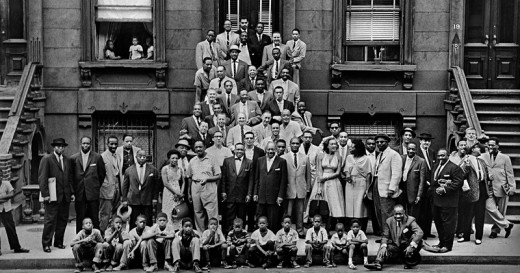
© 2019 Ryan Thomas
